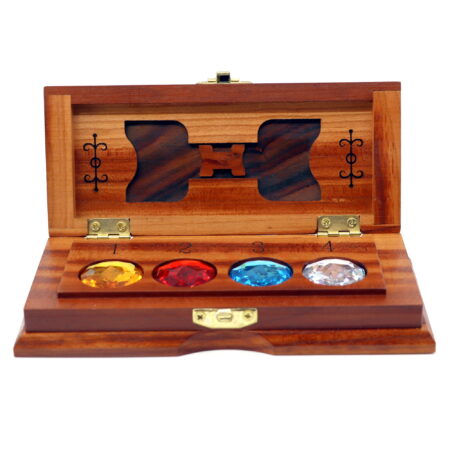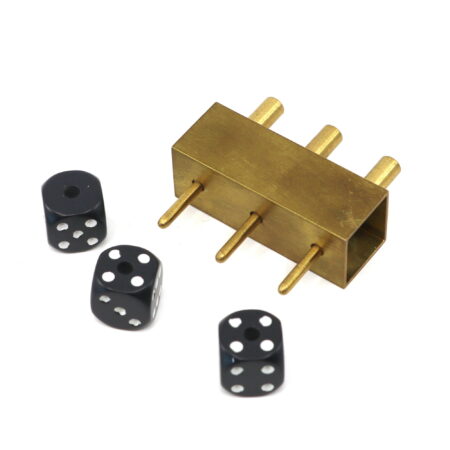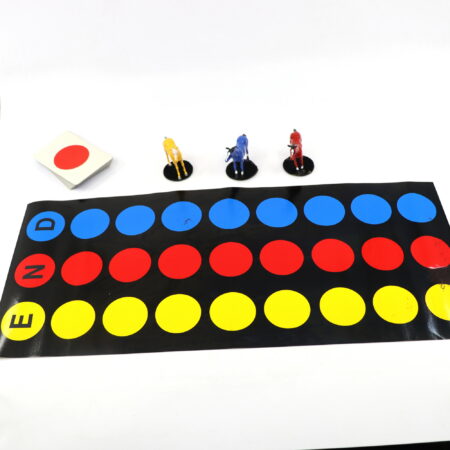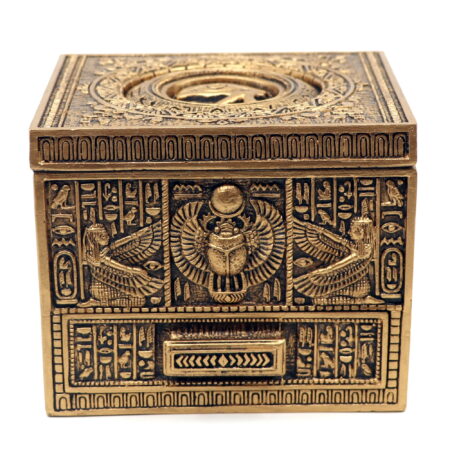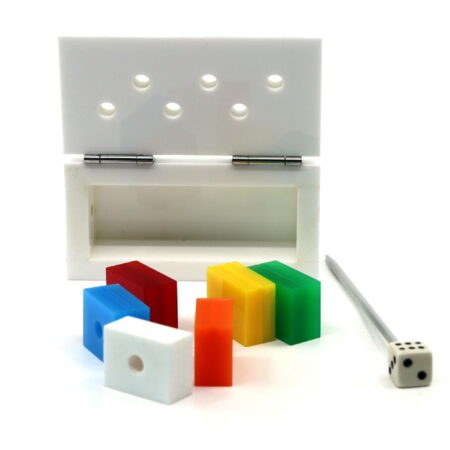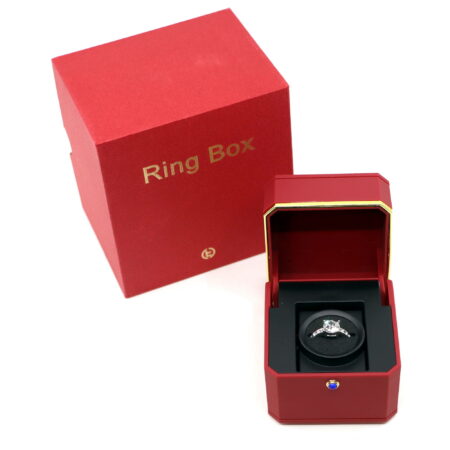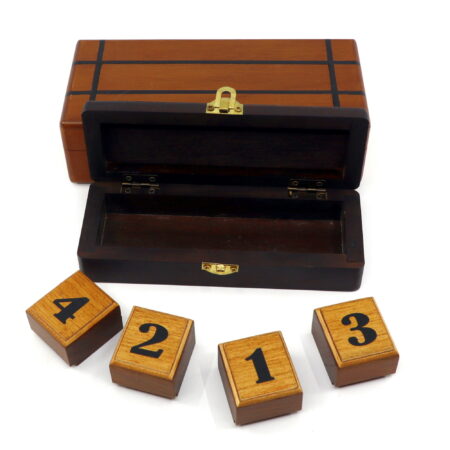
This effect was first known as The Mystery of Mysteries and was created c. 1880 by Martinka in the USA and Zauber-Klingl in Europe. It was made popular by the versions manufactured by West German manufacturer Zaubertechnik Haug (often know as ZT Haug) and Mephisto-Huis.
Bali Magic Woodworks make some good wooden items, and their items look great on the web. But once delivered they sometimes fall a little short of the effects they are copying – at least in the two items I’ve seen from them. When this box arrived it was literally impossible to use it. I spent about an hour sanding and cleaning things up and now it works perfectly. For a 60+ year old product this would be a little more acceptable, but for a brand new item this should not be the case.
Also the latch on the smaller box really should be smaller or at least without a top lip. This is purely aesthetic, but it bothered me and with a little attention could have been avoided. When it comes to these more collectible items, attention to detail really does matter 🙂
Click here for more information.

